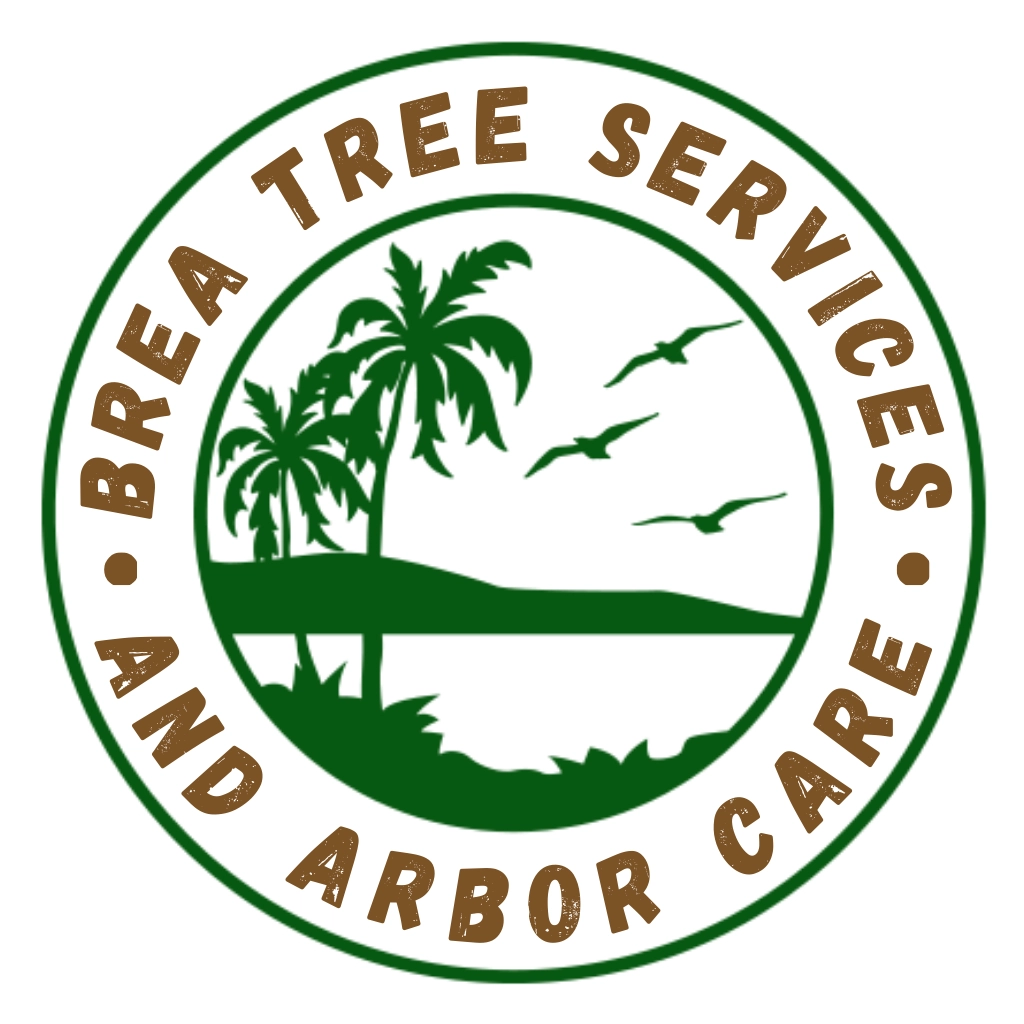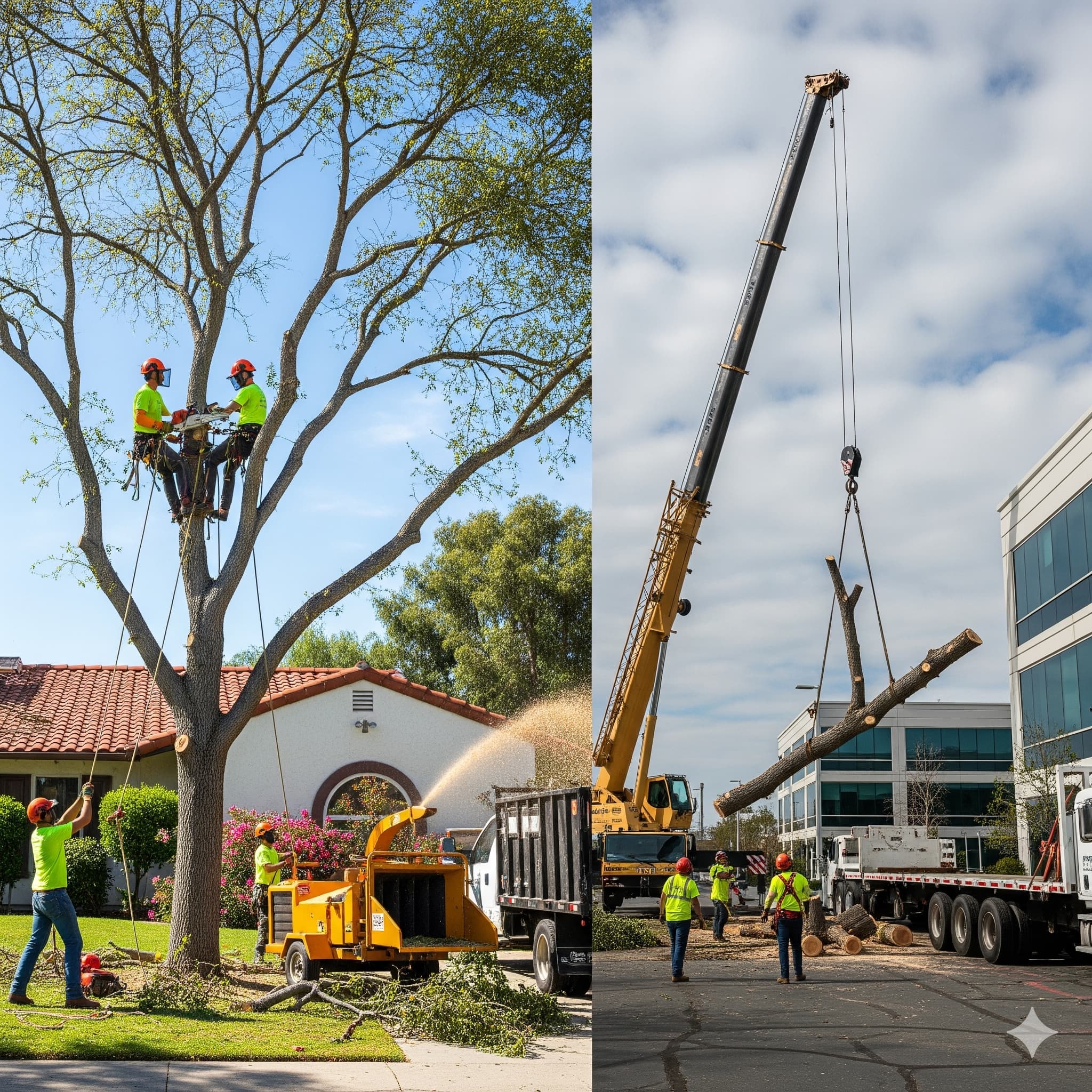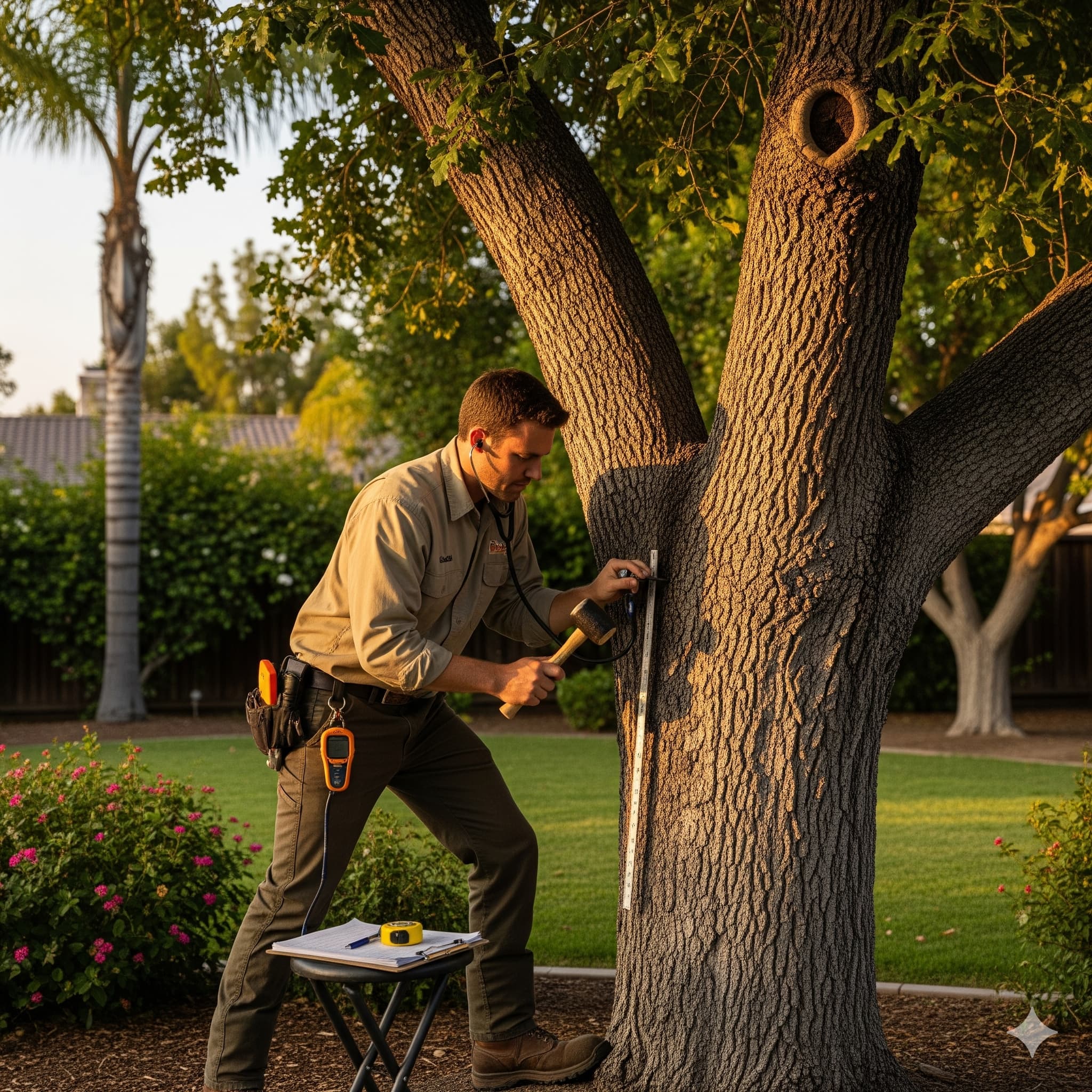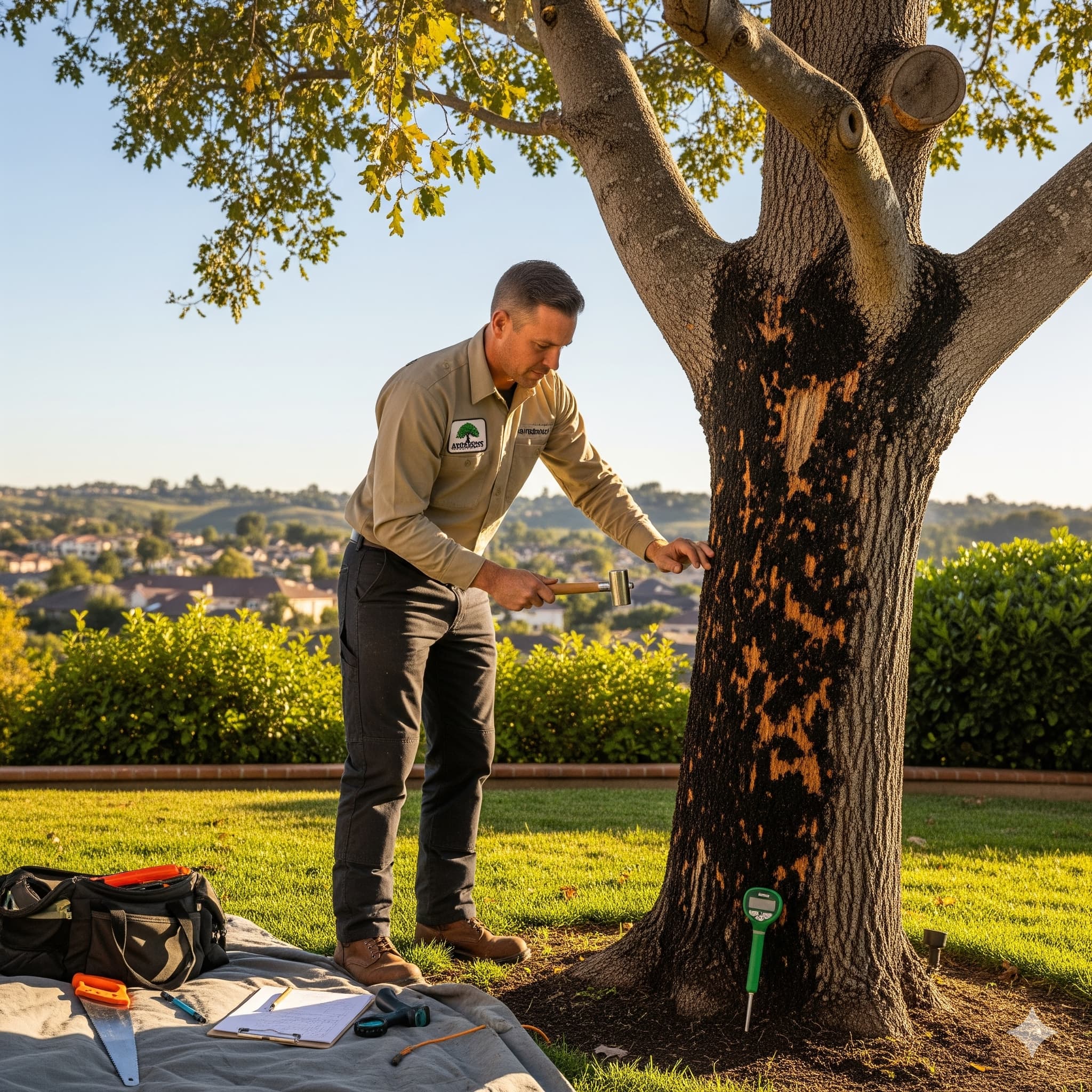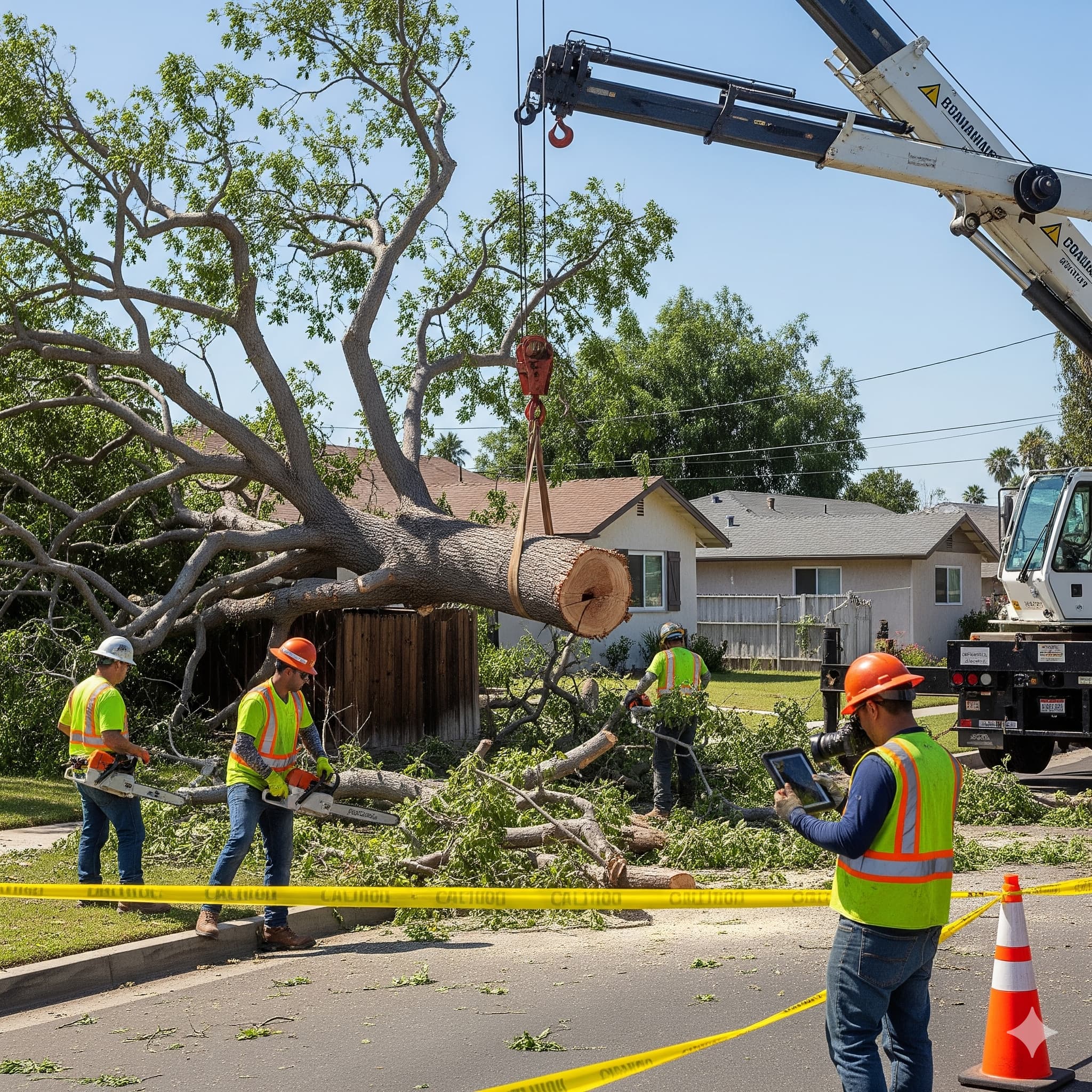
Why Tree Trimming Is More Popular During Brea’s Wet Springs
Brea’s distinctive Mediterranean climate creates unique conditions during wet spring seasons that make tree trimming particularly popular and effective. With February typically bringing the highest rainfall at 94mm and March maintaining high humidity at 66.55%, these wet springs trigger significant tree growth throughout neighborhoods from Carbon Canyon Regional Park to Downtown Brea, creating optimal conditions for professional tree care services.
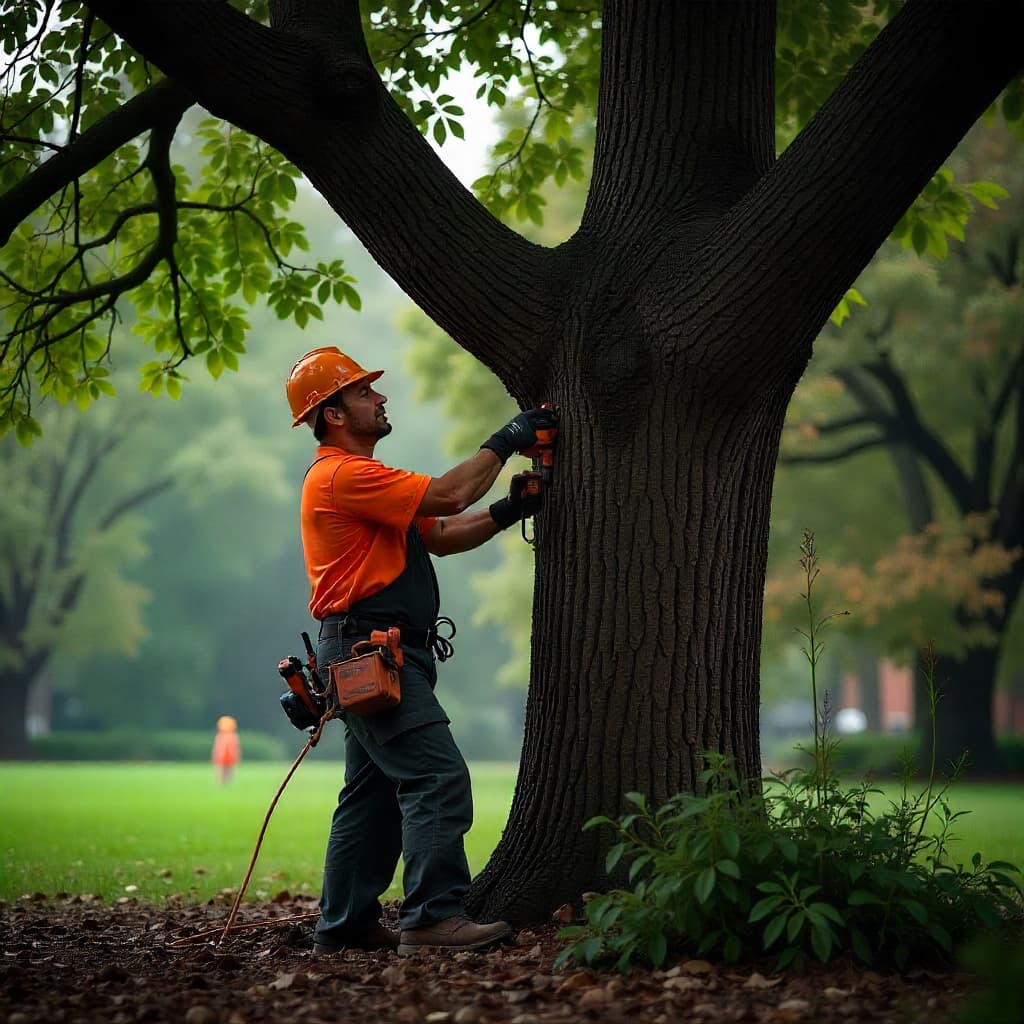
Understanding Brea’s Wet Spring Climate Patterns
Brea experiences its wettest period from December through March, with February averaging the most precipitation at nearly 4 inches. This pattern contrasts sharply with the dry summer months, when August receives virtually no rainfall. The combination of winter moisture and warming spring temperatures creates explosive growth conditions that homeowners must address promptly.
Spring temperatures ranging from 66°F to 72°F, combined with high humidity levels, provide ideal growing conditions for trees throughout established neighborhoods around City Hall Park and newer developments near Arovista Park. This rapid growth often overwhelms homeowners who have delayed winter tree trimming, creating urgent needs for professional intervention.
Properties throughout Brea’s diverse microclimates, from hillside areas near Olinda Oil Museum to valley locations around the Brea Mall, all experience this dramatic spring growth surge that demands immediate attention to maintain tree health and property aesthetics.
Rapid Growth Response to Moisture
Tree trimming near me requests surge during wet springs because trees respond dramatically to the moisture availability. After months of winter dormancy, stored energy in root systems combines with abundant water to fuel vigorous spring growth that can overwhelm unprepared homeowners.
Many tree species common to Brea, including oaks, sycamores, and various fruit trees, can produce 12-24 inches of new growth during favorable wet spring conditions. This rapid expansion often creates structural problems, overcrowding, and safety hazards that require immediate professional intervention.
Properties near Chino Hills State Park or around established areas like the Brea Museum & Heritage Center often feature mature trees that respond particularly dramatically to wet spring conditions, creating urgent trimming needs to maintain clearances from structures and power lines.
Timing Benefits of Wet Season Pruning
Professional tree trimming during wet springs provides several advantages over other seasons. The abundant moisture helps trees heal more quickly from pruning cuts, with callus formation occurring rapidly in the favorable growing conditions. This accelerated healing reduces infection risks and stress on treated trees.
Wet spring conditions also make it easier to shape trees before the full leaf-out occurs. Arborists can better visualize tree structure and make strategic cuts that will guide summer growth in desired directions, particularly important for young trees establishing their permanent form.
The timing also allows trees to redirect their spring energy surge into remaining branches, strengthening the overall structure rather than supporting excess growth that may become problematic later in the season.
Preventing Storm Damage Issues
Wet springs in Brea often bring strong winds and occasional storms that can damage trees weakened by rapid, uncontrolled growth. Tree trimming during this period removes potential failure points before they become hazardous, protecting properties throughout neighborhoods around Memory Garden Memorial Park and the Curtis Theatre area.
Proper spring trimming eliminates weak branches, reduces wind resistance, and improves overall tree structure before summer’s stronger winds arrive. This preventive approach saves homeowners from costly emergency tree services and potential property damage during later weather events.
Professional assessment during wet spring periods can identify structural problems that may not be apparent during other seasons, allowing for corrective action before these issues compromise tree stability or safety.
Improved Tree Health and Longevity
Tree trimming near me searches increase during wet springs because homeowners recognize the health benefits of proper timing. Spring pruning removes diseased, damaged, or crossing branches while trees have maximum energy available for healing and recovery.
The abundant moisture and moderate temperatures of Brea’s wet springs create optimal conditions for wound closure and callus development. Trees pruned during this period typically show faster recovery and stronger growth responses compared to those trimmed during drier seasons.
Professional spring trimming also improves air circulation and light penetration throughout tree canopies, reducing disease pressure and promoting healthy foliage development as the growing season progresses.
Enhanced Property Aesthetics and Value
Properties throughout Brea’s diverse neighborhoods benefit from spring tree trimming that prepares landscapes for the growing season. Well-timed pruning creates attractive, well-proportioned trees that enhance property values and curb appeal throughout areas near the Brea Improv and established residential sections.
Spring trimming removes winter storm damage and shapes trees before new growth obscures their structure. This timing allows for precise cuts that will look natural and attractive as the season progresses, avoiding the awkward appearance that can result from trimming fully leafed trees.
Professional spring trimming also addresses overcrowding issues before they detract from landscape aesthetics, maintaining the balance between individual tree health and overall landscape composition.
Seasonal Workforce and Availability
Tree trimming popularity during wet springs partly reflects seasonal labor patterns and customer demand. Professional tree services experience increased demand as homeowners emerge from winter and assess their landscape needs, creating concentrated activity periods that benefit from favorable weather conditions.
The mild temperatures and abundant moisture of Brea’s wet springs provide comfortable working conditions for tree care professionals while creating optimal healing environments for trees. This combination leads to better outcomes and higher customer satisfaction compared to work performed during extreme weather periods.
Scheduling tree trimming during wet spring periods also allows homeowners to prepare their properties for the active outdoor season, ensuring landscapes look their best for spring and summer entertaining and activities.
Species-Specific Considerations
Different tree species throughout Brea respond uniquely to wet spring conditions, creating varied trimming needs and opportunities. Oak trees, common throughout neighborhoods near Central Park, benefit from spring pruning that reduces disease pressure while taking advantage of vigorous healing responses.
Fruit trees throughout residential areas require specific timing to balance growth control with fruit production goals. Wet spring trimming of stone fruits like apricots and plums must consider both growth management and disease prevention strategies specific to California conditions.
Evergreen species may require different approaches, but wet spring conditions still provide advantages for structural pruning and size control while minimizing stress on these typically slower-healing species.
Professional Expertise and Equipment
Wet spring tree trimming requires professional expertise to maximize the seasonal advantages while avoiding potential pitfalls. Proper assessment of soil moisture, tree health, and growth patterns ensures that trimming recommendations take full advantage of favorable conditions.
Professional equipment and techniques become particularly important during wet springs when precise cuts and proper cleanup help trees take maximum advantage of healing conditions while preventing secondary problems like disease infection or pest attraction.
Certified arborists understand how to balance the aggressive growth tendencies of wet spring conditions with long-term tree health goals, ensuring that immediate benefits don’t compromise future tree development.
Our Wet Spring Tree Trimming Expertise
At Brea Tree Services & Arbor Care, we understand the unique opportunities and challenges presented by Brea’s wet spring seasons. Our team has extensive experience working with the rapid growth responses and favorable healing conditions that characterize this important period for tree care.
We provide comprehensive spring assessments that identify trees requiring immediate attention and those that can benefit from strategic pruning to guide their seasonal growth. Our certified arborists understand how different species respond to wet spring conditions and tailor our approaches accordingly.
Our professional equipment and techniques ensure that spring trimming takes full advantage of optimal healing conditions while preparing trees for healthy development throughout the growing season. We coordinate our services to work efficiently during peak demand periods while maintaining the highest quality standards.
When you search for tree trimming during Brea’s wet springs, choose professionals who understand the seasonal advantages and can maximize the benefits for your trees’ long-term health and beauty.
Contact us today to schedule your wet spring tree trimming consultation. Our expertise in seasonal timing and local conditions ensures your trees receive the best possible care during this critical period for tree health and development.
